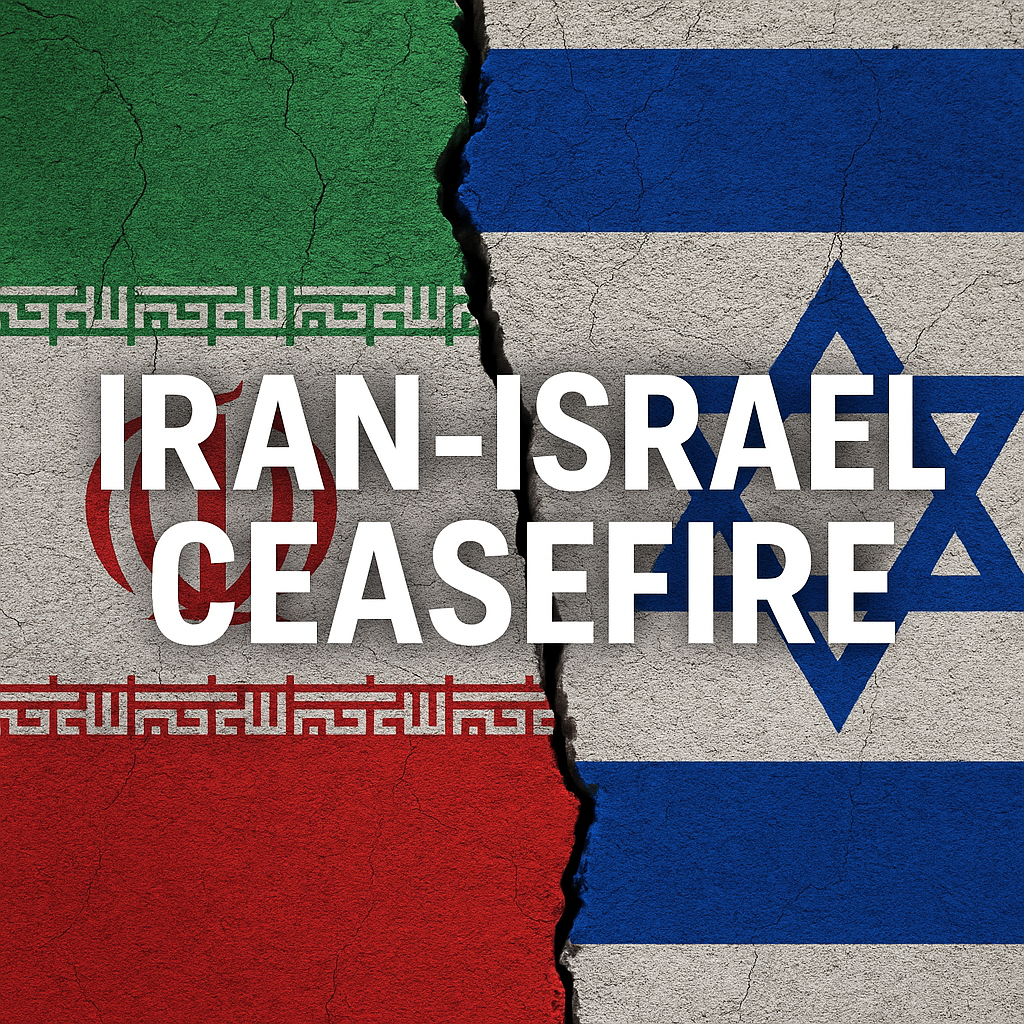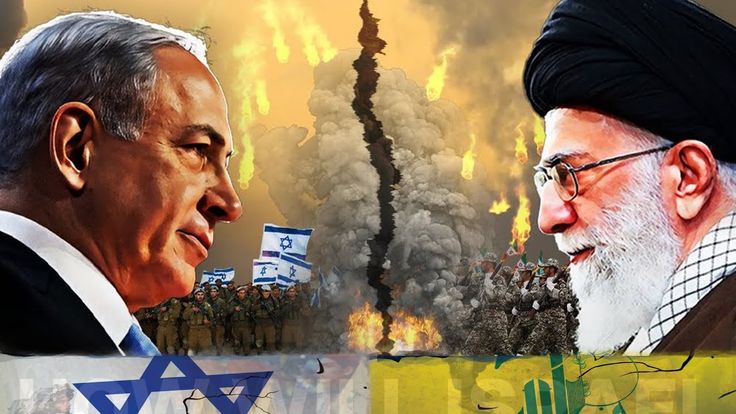A Ceasefire Amid High Tensions
After nearly two weeks of escalating violence, the long-standing tensions between Iran and Israel appear to be cooling—at least temporarily—with the announcement of a tentative Iran-Israel ceasefire. Brokered by former U.S. President Donald Trump and facilitated by diplomatic channels involving Qatar, the ceasefire comes following intense missile exchanges, civilian casualties, and regional instability.
While markets have responded positively, and the international community is cautiously optimistic, questions remain about the sustainability of the truce. Here’s a comprehensive overview of the Iran-Israel ceasefire, how it was reached, and what it means for the region.
Timeline of the Iran-Israel Conflict and Ceasefire Efforts
The latest confrontation between Iran and Israel began in early June 2025, sparked by a reported cyberattack on Iranian nuclear infrastructure, allegedly linked to Israeli intelligence. In retaliation, Iran launched missile strikes targeting Israeli military bases and urban centers. The conflict escalated quickly, with Israel responding with airstrikes on Iranian positions in Syria and Iraq.
Key Events Leading Up to the Ceasefire:
-
- June 12: Iran initiates ballistic missile strikes against southern Israel.
-
- June 14–20: Intense back-and-forth bombardment results in over 200 casualties across both nations.
-
- June 22: Trump enters the diplomatic scene, contacting both Israeli PM Benjamin Netanyahu and Iranian officials via Qatari intermediaries.
-
- June 23: A phased ceasefire deal is proposed—12 hours of Iranian silence, followed by 12 hours from Israel.
-
- June 24: Trump declares the Iran-Israel ceasefire “fully in effect,” though sporadic violence continues in the hours following.
How the Iran-Israel Ceasefire Was Brokered
The ceasefire was primarily facilitated through backchannel negotiations involving U.S. and Qatari diplomats. Former President Donald Trump played a central role, reportedly coordinating directly with Israeli leadership and using Qatari channels to reach Iran.
Trump’s Two-Step Ceasefire Plan:
-
- Iran to Halt Hostilities First: Iran agreed to stop missile launches for 12 hours as a sign of goodwill.
-
- Israel to Follow: Israel would reciprocate with a 12-hour pause, resulting in a full 24-hour ceasefire period.
According to U.S. officials, this phased approach was meant to build mutual confidence in the absence of formal diplomatic relations between the two countries.
Is the Ceasefire Holding?
Despite the official declaration of a ceasefire, there were conflicting reports of continued violence, especially on the Iranian side. Hours after the ceasefire was supposed to begin, missiles were still falling on Israeli territory, including a deadly strike in Be’er Sheva that killed at least four civilians.
Iranian Foreign Minister Abbas Araghchi claimed that Iran was committed to the ceasefire but that “rogue factions” within the Revolutionary Guard may have acted independently. Israeli officials have yet to formally confirm their acceptance of the ceasefire terms, adding further ambiguity.
Regional and Global Reactions to the Iran-Israel Ceasefire
The ceasefire has triggered mixed responses globally. While many nations have welcomed the pause in hostilities, others are skeptical about how long it will last.
Positive Reactions:
-
- United Nations: UN Secretary-General António Guterres called the ceasefire a “crucial step toward de-escalation in the Middle East.”
-
- European Union: EU leaders praised the diplomatic effort and urged both sides to enter long-term peace talks.
Cautious Optimism in Financial Markets:
-
- Oil prices dropped nearly 6% on the news of the ceasefire.
-
- Stock markets across Europe, the U.S., and Asia posted modest gains.
-
- Defense industry stocks dipped, reflecting expectations of reduced military activity.
What’s at Stake if the Iran-Israel Ceasefire Fails?
The stakes are high. A breakdown in the Iran-Israel ceasefire could lead to:
1. Full-scale War: With both nations possessing advanced missile systems and cyber warfare capabilities, renewed conflict could destabilize the entire Middle East.
-
- Regional Proxy Battles: Lebanon’s Hezbollah and Iraqi militias loyal to Tehran may be drawn into the fight.
-
- Global Economic Shockwaves: Further conflict could disrupt oil supplies from the Gulf, triggering inflation and energy crises worldwide.
The Role of International Mediators Moving Forward
The next few days will be critical in determining whether the Iran-Israel ceasefire evolves into a lasting peace agreement or crumbles under the weight of mistrust.
Suggested Steps by Analysts and Diplomats:
-
- Third-Party Monitoring: Deployment of international observers to verify compliance.
-
- Humanitarian Corridors: Establishment of safe zones for civilians in conflict zones.
-
- Peace Summits: Calls for neutral-ground talks involving key stakeholders including the U.S., EU, Qatar, and possibly Turkey.
Conclusion
A Fragile Step Toward Stability
The Iran-Israel ceasefire is an important yet tentative step in a decades-long conflict marked by violence, diplomacy, and geopolitical maneuvering. While the ceasefire has been announced and partially implemented, its long-term success is far from guaranteed.
Both Iran and Israel now face critical decisions—whether to escalate further or pursue peace. As the world watches closely, this moment could mark either a turning point toward regional stability or a temporary pause before the next storm.





Leave a Reply